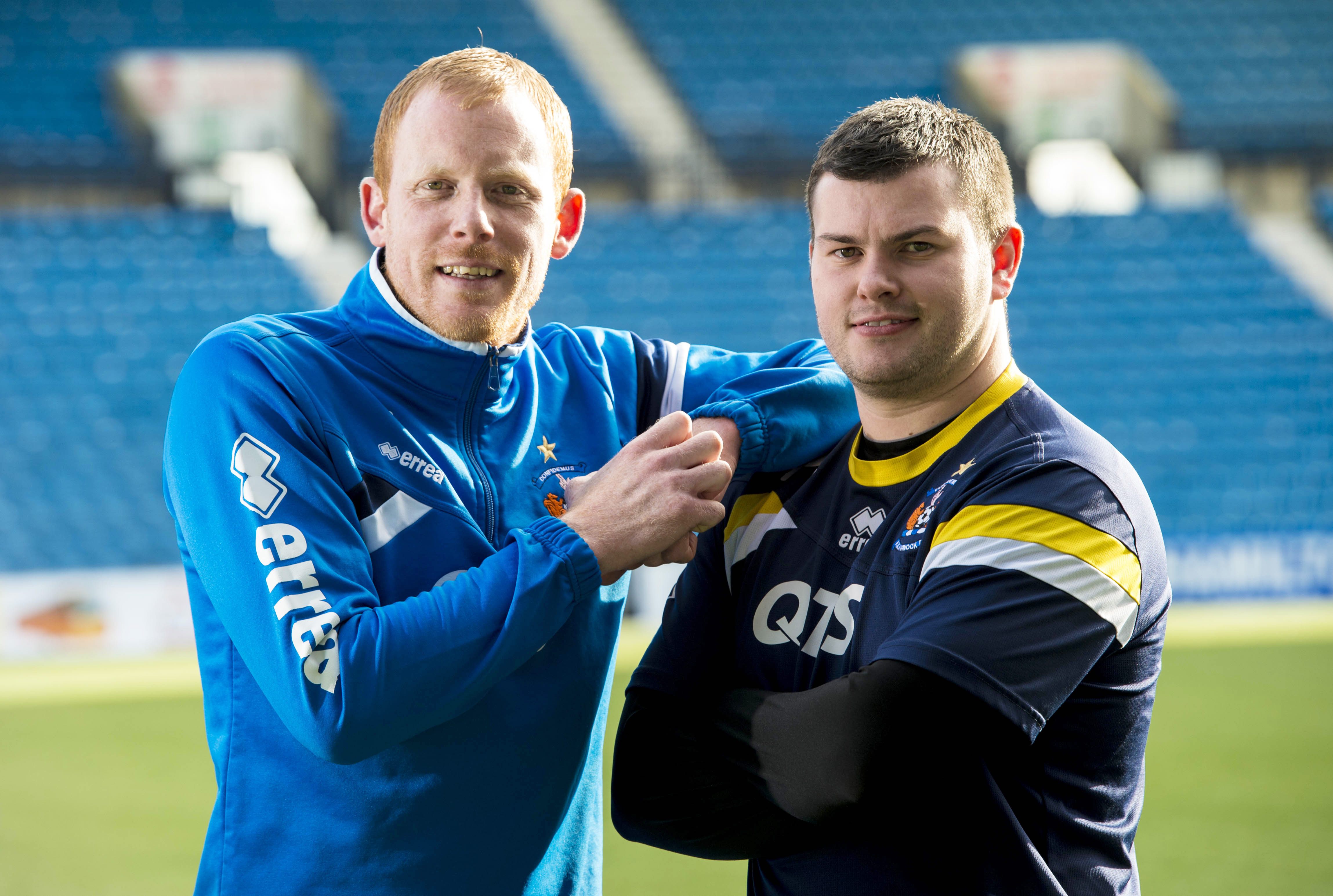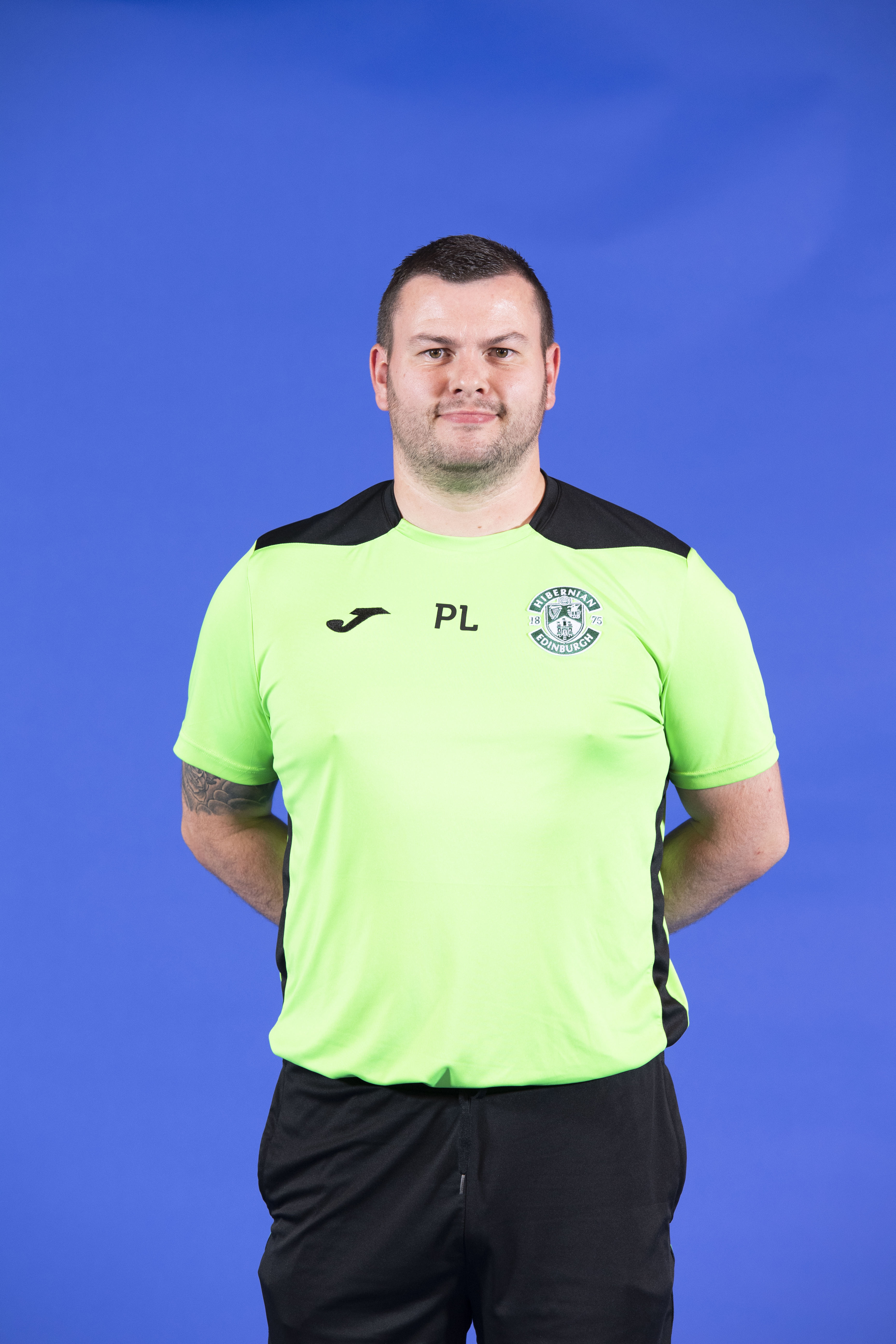A functional, let alone successful, football club is a precarious system. For one thing to work, two things at either side must work too. Successful clubs are ones where each of these parts do work well, without exception. This is particularly true in the contemporary game. Without a good marketing department, you won’t have a good manager. To beat your rivals, you need a great kitman. These might sound like arbitrary ideas pulled together and two or three decades ago, that would be true. Today, though, football clubs are giant interconnected machines.
Hibernian have understood this idea and realise that to flourish, this harmonious balance must be maintained. Enter Peter Logan, Hibernian’s jovial and passionate kit man, whose early career as a goalkeeper at Kilmarnock ended aged only 18 and, without a clear pathway through the ranks of professional football, pushed him towards considering another route - something more long-term and consistent.
A part of his role in Kilmarnock’s youth system was looking after the senior player’s stuff. It’s a rite-of-passage evident at all levels. When the club’s kitman moved away to Norwich, Logan filled the role, embracing the continued involvement in the game. His natural ability to bond, to have a laugh and make others do the same, kept him at Kilmarnock (below) for the following eight years, before a period at St. Mirren before a move into the capital.

See, this job is easily overlooked. Logan’s move was not a marquee signing. We see the players, the training sessions and the highlights on Twitter, the intense match days and the overall experience of a football match as a fan. We don’t see the supporting cast. For a long time, the kitman was an overlooked part of this system, but recently, through accounts like Pat Frost - England’s senior kitman - on Twitter (@KitmanPat) gaining such a large following, fans are becoming interested in a process that’s far more nuanced than it might sound.
Logan’s role is all-encompassing. There’s the more obvious stuff like having the kit clean and prepared for each training session and each match, a role that means he’s at the club from around 6am every morning to around half-five in the evening, but also the updates to kit rules. How much can there really be? Well, it’s a document that is over 70 pages, covering every minutia from sock tape to the exact spacing between letters and numbers. He doesn’t mind, though.
All of this is looked after and monitored by Logan, whose dedication to having everything done to the highest degree of professionalism is a part of a larger philosophy that the club promotes. For any individual aspect to be optimised, every aspect has to be optimised. Coming from a footballing background and growing up around professionals of different ages and experience, Logan understands how the psychology of a football club functions and how important it is to feed into a positive environment.
Dressing room psychology is becoming a hot topic around footballing circles, something that’s been increasingly researched in the game - from certain colours raising and lowering testosterone to the way layouts can promote better communication between manager, coach and players before, during and after a match.
In 2012, Wayne Rooney revealed a part of his process for success at Manchester United - positive visualisation. In bed the night before matches, the striker would create mental scenarios of various scoring opportunities. This is of two-fold relevance. One, it’s an interesting insight into the use of psychology at a time it wasn’t as commonly discussed and two, Rooney’s dream-kit mattered.
Whilst the scenarios were built on opposition analysis and training routines, a large part of the visual element came from an inside scoop from United’s kitman, “Part of my preparation is I go and ask the kit man what colour we're wearing – if it's red top, white shorts, white socks or black socks,” he told ESPN. Offering an alchemical boost - when the right guy is in place - to any changing room, the kitman transcends a man laying out kits and providing scope for dreams. He also becomes a de facto charm, something Logan embraces with vigour.
Roy Keane acknowledged the role as ‘vital’, saying "He's almost the hub of everything, a link to everybody. He has to be good-humoured and upbeat. You have to be glad to see the kit man in the morning," a nod to the much-loved Albert Morgan. Keane himself was a master psychologist throughout his time with Manchester United - placing crucial importance on a holistic vision of a football club. For the Irishman, that meant a culture of positivity and respect at all levels. Under his scrupulous eye, nothing was to be overlooked.

Kitmen are also a link to the past. They’re a role as old as the game itself and one that, despite the regulatory changes, hasn’t changed much at all. Football is at a crux where roles and demands are changing year-on-year, constantly keeping up with increased commercial and logistical demands. Within the next five years, every top-flight club will be fully staffed with a plethora of coaches, from throw-ins to sleep specialists. This has been given a lot of airtime recently. Maybe, though, in all the talk of the new, it’s possible to overlook the value of the old.
Change is progress, but football also hinges deeply on the intangible. The sense of history, heritage and tradition. Having the humble kitman, with drive and passion to play their part in a bigger system, is a necessary throwback to a football of older times, whilst still being an integral part to the now. That’s why the role is future-proof, a rare chance of longevity in an ephemeral game. Logan, for his part, will continue to look after the kits and, in doing so, will look after the players and the crest they wear on their shirt.
By Edd Norval
Twitter @EddNorval


